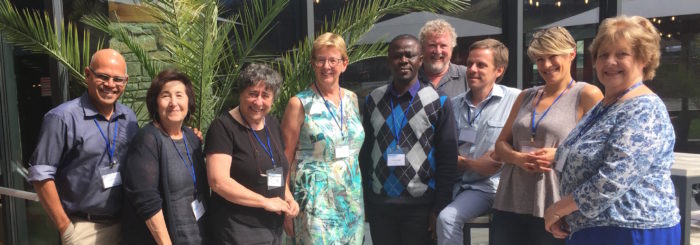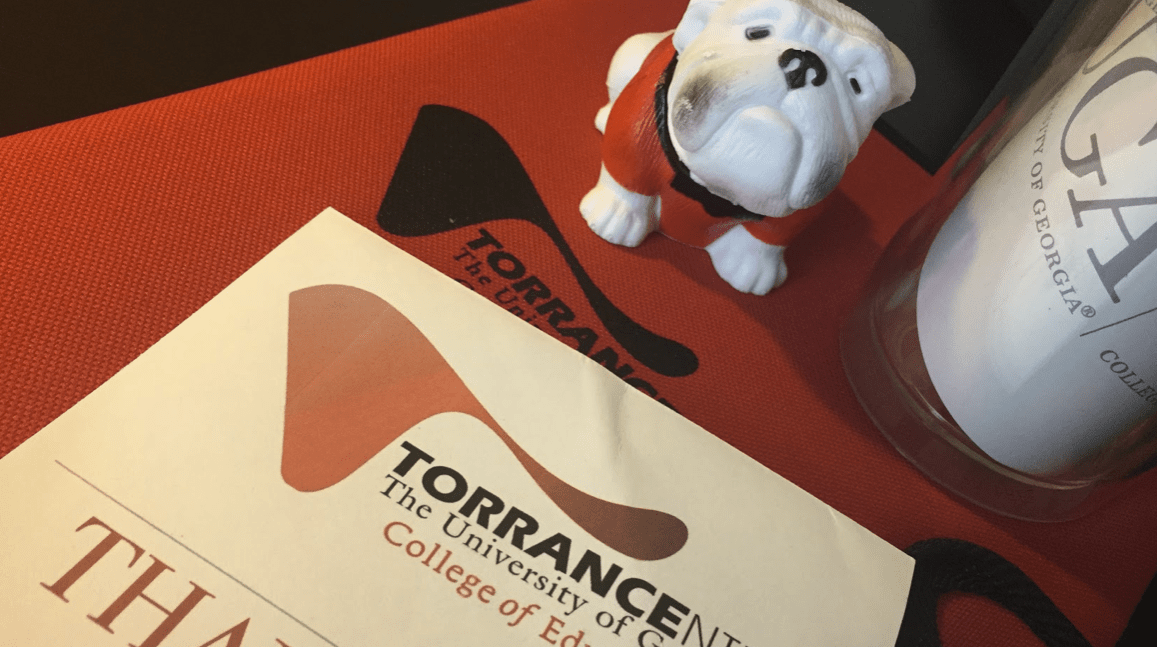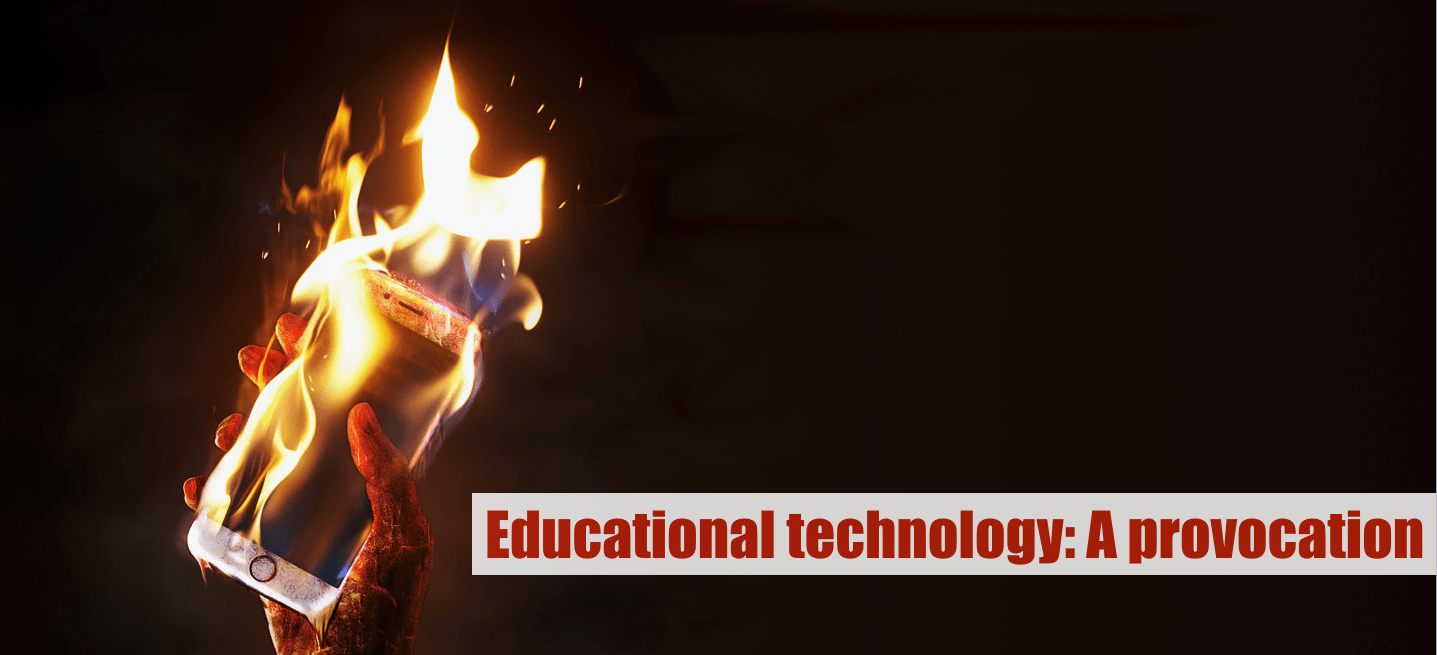I just returned from participating in EDUsummIT 2017, the fifth International Summit on Information Technology in Education. EDUsummIT is a global knowledge building community of researchers, educational practitioners, and policy makers committed to supporting the effective integration of research and practice in the field of ICT in education. It is held every two years and this year it convened in Borovets, Bulgaria, from September 18 through 20 and was co-hosted by the University of Library Studies & Information Technologies, Sofia, Bulgaria, and the Netherlands Institute for Curriculum Development.
EDUsummIT is held every two years and I have been lucky to have been invited to and been part of the past four meetings, in Paris, Washington DC, Bangkok and now Bulgaria. (More info on past EDUsummIT meetings and the results of these meetings can be found here.)
EDUsummIT is not a conference in the typical sense of the word. It is more of an intense working session (spread over two days) where 100+ academics, practitioners and policy makers, form smaller thematic groups and work together on pre-specified topics. It was my privilege to be co-lead one of the Thematic Working Groups with my friend and colleague Dale Niederhauser. Specifically our group (TWG9) focussed on the topic of Supporting Sustainability and Scalability in Educational Technology Initiatives: Research Informed Practice. Other members of the team included (in alphabetical order): Douglas Agyei, Margaret Cox, Sarah Howard, Djordje Kadijevich, Therese Laferriere, Lynne Schrum, Jo Tondeur & Joke Voogt (see below).

It was a fabulous group to work with and the days of the meeting went by in a blur as we worked together as a team to explore the issue of sustainability and scalability in research approaches specifically as they apply to educational technology innovations. A range of products emerged from the meeting, both from the different working groups individually as well as from the conference collectively. Below I list some of these products – for the record.
- A call to action: The document was a summary of the recommendations by all of the groups
- TWG9 Poster: A poster that was presented by the TWG9 group at the end of the meeting (Thanks to Sarah Howard for all her work pulling it together in a really short time).
- Interim report from TWG9: This is a first draft and is the culmination of the work we did together during the meeting.
There will be other products (journal articles and such) that will emerge at a later date, and I will post them here as they appear.
I would like to take a moment to thank all the organizers, sponsors and most importantly all the members of TWG9 for all their hard work and effort in making this such a great meeting.
Finally, I took a lot of photos during my stay at Borovets and then at Sofia. You can find them on a Google photo album here.





0 Comments
Trackbacks/Pingbacks